Australia is one of the most popular destinations for travelers, students, and skilled professionals worldwide. With its high standard of living, world-class education system, strong economy, and breathtaking natural beauty, Australia attracts millions of visitors every year. If you are planning to visit, study, or work in Australia, you will most likely need a visa.
This guide provides detailed information about Australia visa types, eligibility, requirements, and application steps to help you make the process easier.
Why You Need an Australia Visa
An Australian visa is an official permit issued by the Department of Home Affairs that allows foreign nationals to enter and stay in the country for a specific purpose and duration. Depending on your reason for visiting—tourism, study, work, or migration—you will need to apply for the appropriate visa category.
Having the correct visa ensures you can legally:
- Travel around Australia for leisure and holidays.
- Enroll in an Australian university or training program.
- Work temporarily or permanently in Australia.
- Reunite with family members living in Australia.
- Seek permanent residency and eventually Australian citizenship.
Types of Australia Visas
Australia offers several visa categories, each designed for specific purposes. Here are the most common types:
1. Visitor Visa (Subclass 600, 601, 651)
Ideal for tourists, family visits, or business trips.
- eVisitor (Subclass 651): For passport holders of certain countries.
- Electronic Travel Authority (Subclass 601): Quick online visa for eligible travelers.
- Visitor Visa (Subclass 600): For longer stays up to 12 months.
Eligibility:
- Genuine visitor with no intent to work.
- Proof of funds for travel expenses.
- Health and character requirements.
2. Student Visa (Subclass 500)
Allows international students to study full-time at an Australian educational institution.
Key Points:
- Valid for the duration of your course.
- Work rights of up to 48 hours per fortnight during study periods.
- Family members can be included in the application.
Requirements:
- Confirmation of Enrollment (CoE) from an Australian institution.
- Genuine Temporary Entrant (GTE) statement.
- English language proficiency test (IELTS, TOEFL, PTE).
- Proof of financial capacity.
3. Work Visas
Australia has multiple work visa options depending on skills and employer sponsorship.
- Temporary Skill Shortage (TSS) Visa (Subclass 482): For skilled workers sponsored by an approved employer.
- Skilled Independent Visa (Subclass 189): Points-tested visa for highly skilled workers without employer sponsorship.
- Skilled Nominated Visa (Subclass 190): For skilled workers nominated by a state or territory government.
- Working Holiday Visa (Subclass 417 & 462): For young people (18–30, in some cases 35) to travel and work temporarily in Australia.
Requirements:
- Skills and qualifications relevant to Australia’s skilled occupation list.
- Positive skills assessment.
- English language proficiency.
- Age restrictions (for certain visas).
4. Family and Partner Visas
For individuals who want to join family members in Australia.
- Partner Visa (Subclass 820/801, 309/100): For spouses or de facto partners of Australian citizens or permanent residents.
- Parent Visa (Subclass 103, 143): For parents of Australian citizens or permanent residents.
- Child Visa (Subclass 101, 802): For dependent children.
5. Business and Investment Visas
Australia encourages investors and entrepreneurs through visas like:
- Business Innovation and Investment Visa (Subclass 188).
- Business Talent Visa (Subclass 132).
These visas are designed for people willing to start or invest in businesses in Australia.
6. Permanent Residency (PR) Visas
If your goal is to settle in Australia permanently, you may apply for PR visas. Popular options include:
- Skilled Independent Visa (Subclass 189).
- Skilled Nominated Visa (Subclass 190).
- Regional Sponsored Visa (Subclass 491).
PR visas often lead to citizenship eligibility after meeting residency requirements.
General Requirements for an Australia Visa
While each visa category has specific criteria, common requirements include:
- Valid Passport – Must be valid for at least 6 months beyond your intended stay.
- Visa Application Form – Completed accurately online or at an Australian visa center.
- Recent Passport-Sized Photographs.
- Proof of Financial Capacity – Bank statements, income documents, or sponsor letters.
- Health Insurance – Overseas Student Health Cover (OSHC) for students; health insurance for visitors.
- Character Requirements – Police clearance certificate if required.
- English Language Proficiency – For student and skilled visas.
- Medical Examination – To meet health standards.
How to Apply for an Australia Visa
The application process is usually online via the ImmiAccount portal managed by the Department of Home Affairs.
Step-by-Step Guide:
- Choose the Correct Visa Type
Review your purpose of travel and select the suitable visa category. - Create an ImmiAccount
Register online on the official Australian immigration website. - Complete the Application Form
Fill out accurate personal, travel, and background information. - Upload Supporting Documents
Scan and upload documents like passport, photographs, proof of funds, and invitation letters (if applicable). - Pay Visa Fee
Payment is done online. Fees vary depending on the visa subclass. - Biometrics & Health Check
Some applicants may be asked to provide biometrics and undergo a health examination. - Wait for Processing
Processing times vary from a few days to several months depending on the visa type. - Visa Decision
You will receive a visa grant notice via email with visa details and conditions.
Australia Visa Processing Times
Processing times depend on the visa subclass and the completeness of your application. Approximate timelines:
- Visitor Visa: 1–6 weeks
- Student Visa: 1–3 months
- Skilled Work Visa: 6–12 months
- Partner Visa: 12–24 months
Tips to Increase Your Chances of Visa Approval
- Submit a complete and accurate application.
- Provide genuine documents—false documents can lead to refusal.
- Meet financial and health requirements.
- Attach a well-written Genuine Temporary Entrant (GTE) statement if required.
- Apply early, especially for student and work visas.
Common Reasons for Visa Refusal
- Incomplete or inaccurate application forms.
- Insufficient financial evidence.
- Failure to meet health or character requirements.
- Lack of proof of genuine intent (for student/tourist visas).
- Providing false or misleading documents.
Final Thoughts
Getting an Australia visa may seem challenging, but with proper guidance and preparation, the process can be smooth. Whether you want to study in a top university, work in a growing economy, reunite with family, or explore natural wonders, Australia has a visa option for you.
Before applying, always check the latest updates on the official Department of Home Affairs website to ensure you meet all eligibility criteria and document requirements.
Australia continues to welcome skilled migrants, students, and visitors from around the globe, making it one of the best countries to live, work, and explore.
Read Also:

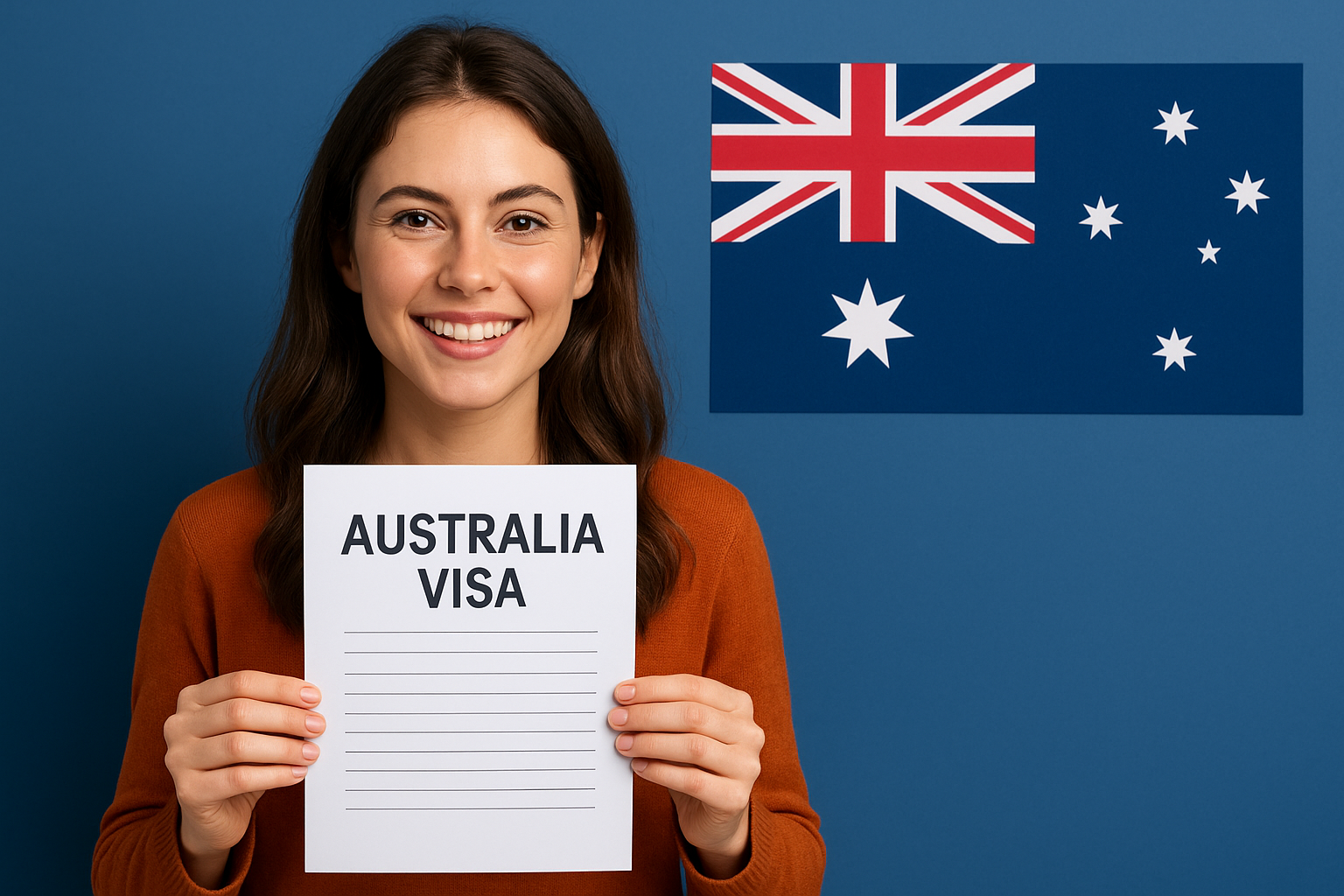
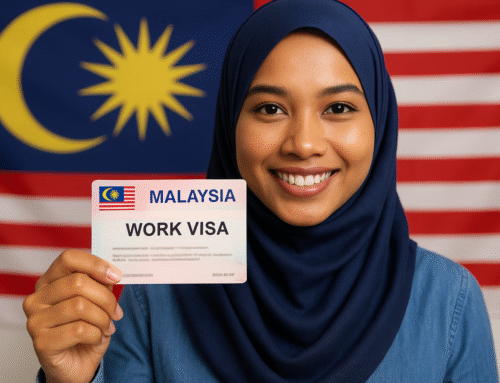
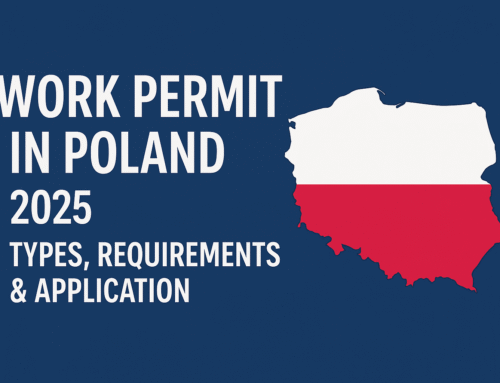
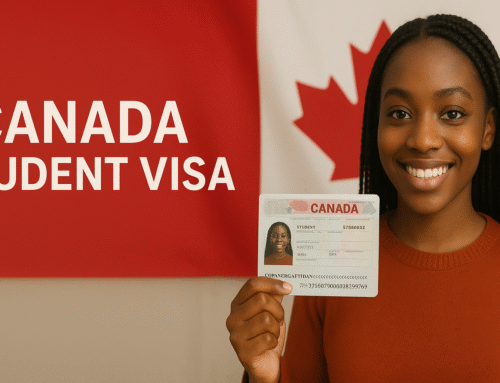
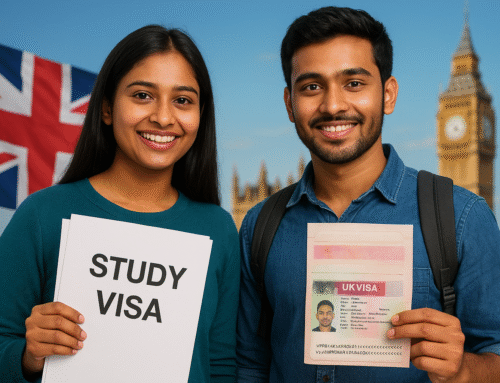
Leave A Comment